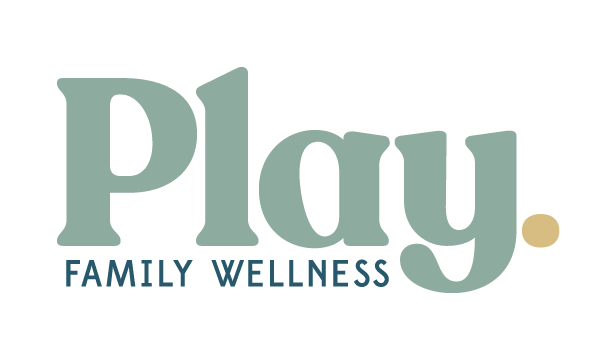Are you interested in becoming a part of a WORLDWIDE movement focused on the HEALING of yourself and your body? Join the millions of individuals who are already treating themselves and experiencing remarkable results through the innovative Human Garage Fascia Maneuvers. These techniques are not only powerful but also transformative, and the community dedicated to this approach is rapidly expanding! If you happen to be in the Twin Cities area, we are excited to offer live classes for you to attend! Additionally, if you prefer to join us from the comfort of your own home, we have a virtual participation option available as well!
Email me for more information! Andrea@playptmn.com
What is fascia?
Fascia is a continuous web of connective tissue that runs throughout your entire body, surrounding and interpenetrating all of your organs, muscles, bones, nerves, and blood vessels. Think of it like a three-dimensional spider web that holds everything in place and allows for movement and flexibility.
Here's a breakdown of what fascia is:
Connective Tissue: Fascia is primarily made of collagen and elastin fibers, giving it both strength and elasticity.
Body-Wide Network: It's not a collection of isolated tissues but one continuous system. What happens in one area of your body can affect other seemingly unrelated areas through the fascia.
Multiple Layers: Fascia exists in different layers with varying densities and functions. The main classifications include:
Superficial Fascia: Located directly beneath the skin, it contains fat and loose connective tissue.
Deep Fascia: A denser layer that surrounds muscles, bones, nerves, and blood vessels. It can be further divided.
Visceral (or Subserous) Fascia: Surrounds and supports internal organs.
Parietal Fascia: Lines the walls of body cavities.
What does fascia do?
Fascia plays several crucial roles in the body:
Support and Structure: It provides a framework that holds your body together, maintaining the shape and position of organs and muscles.
Movement and Flexibility: It allows muscles to glide smoothly over each other, reduces friction, and enables a wide range of motion.
Force Transmission: Fascia helps to distribute forces throughout the body, allowing for efficient movement and preventing localized stress.
Proprioception: It contains nerve endings that contribute to your sense of body awareness and position in space.
Fluid Transport: It plays a role in the movement of lymph and other fluids throughout the body.
Tissue Repair: Fascia is involved in the healing process after injury.
Why is fascia important for healing?
When fascia becomes tight, restricted, or adhered (stuck together), it can lead to:
Pain: Restricted fascia can pull on nerves and muscles, causing discomfort and pain.
Stiffness and Reduced Mobility: Tight fascia can limit the range of motion in joints and muscles.
Poor Posture: Fascial imbalances can contribute to postural problems.
Reduced Circulation: Restrictions can impede blood and lymphatic flow.
Human Garage fascia maneuvers, as taught by Dr. Andrea Mattison, aim to address these fascial restrictions through specific techniques. By releasing tension in the fascia, the body can regain its natural alignment, improve movement, reduce pain, and ultimately promote self-healing.

